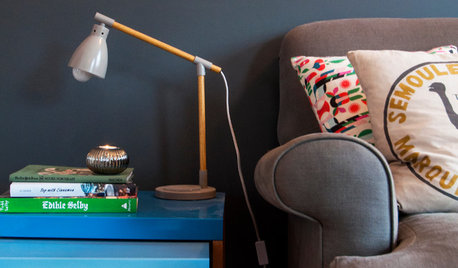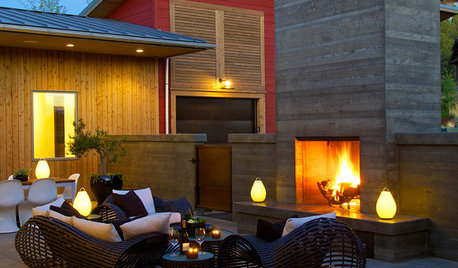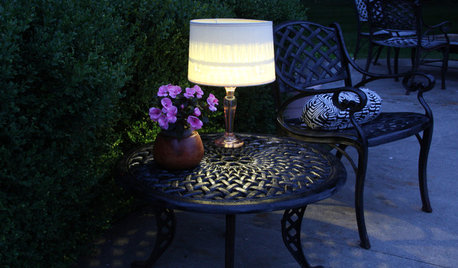Night Life
jmcat
15 years ago
Related Stories

BEDROOMSThe Right Mattress: The Secret to a Great Night’s Sleep
We spend a third of our lives asleep, so investing in a quality mattress is essential. Check out this expert advice to help you choose yours
Full Story
BEDROOMSPaint Your Bed for a Colorful Night’s Sleep
Take your bedroom somewhere over the rainbow with a bed done up in a shade beyond the pale
Full Story
LIFE10 Things Night Owls Know to Be True
Love being up while the world slumbers? Prefer a really late bedtime to an early night? These observations on night owl life may ring true
Full Story
ENTERTAININGSimple Pleasures: Movie Night for Film Buffs
In a world of rising cinema costs ... at a time when gathering comes naturally ... small screens are hitting the big time
Full Story
LIFESimple Pleasures: Game Night Done Right
What's that sound? Popcorn popping, friends laughing and maybe, just maybe, a little trash talking
Full Story
PRODUCT PICKSGuest Picks: Your Summer Date Night Essentials
Create a Cozy Outdoor Area Perfect for Warm Nights with the One You Love
Full Story
DECORATING GUIDESRooms We Love: A Mountain Retreat Made for Cold Winter Nights
Ample linen and Ushak carpets put a contemporary twist on cozy Appalachian style in a North Carolina show house
Full Story
LANDSCAPE DESIGNAll-White Gardens Light Up the Night
Lustrous blooms in white, cream and the palest ivory enchant in the landscape at night — and can be practical too
Full Story
DIY PROJECTSLight Up Your Night With an Easy Outdoor Table Lamp
Hit up Goodwill and the hardware store to make this lamp for a deck or poolside patio in minutes
Full Story







ladobe
susanlynne48
Related Professionals
Surprise Landscape Architects & Landscape Designers · Jennings Landscape Architects & Landscape Designers · Southfield Landscape Architects & Landscape Designers · Burien Landscape Contractors · Cockeysville Landscape Contractors · Muttontown Landscape Contractors · Nanuet Landscape Contractors · Red Oak Landscape Contractors · River Ridge Landscape Contractors · Castro Valley Fence Contractors · Simi Valley Fence Contractors · Holly Hill Window Contractors · Naples Window Contractors · Opa Locka Window Contractors · Port Chester Window ContractorsjmcatOriginal Author
ladobe
murray_2008
ladobe
MissSherry
jmcatOriginal Author
murray_2008
ladobe